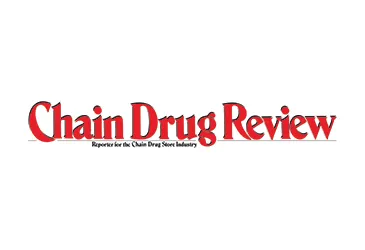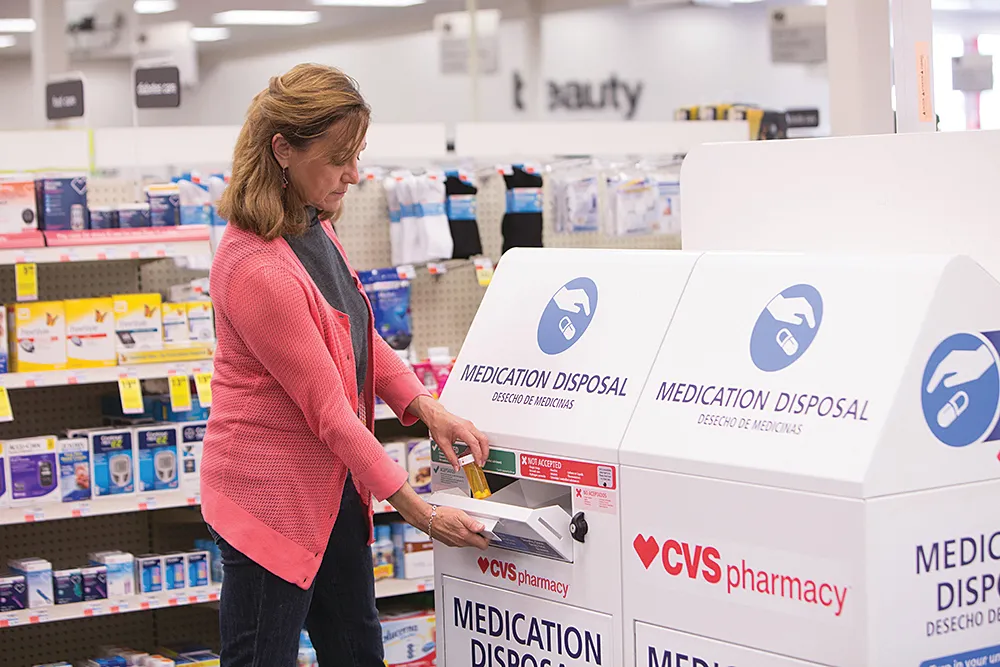A little over 40 years ago, the first issue of Chain Drug Review appeared. Founded by publisher Susan Schinitsky and editor David Pinto, the publication was positioned, as Pinto said in his first column for Chain Drug Review, as a “biweekly newspaper written and edited specifically for the chain drug industry.”
The thrust of the piece was to answer skeptics who doubted whether there was enough compelling news in the industry to consistently fill a biweekly publication. Pinto cited several events to show that there certainly was — fallout from the failed merger of Skaggs Cos. and Jewel Cos.; the success of McKesson and Robbins in finally getting its Economost order-entry and inventory management system to work, and the technology’s role in helping spur a turnaround at SupeRx; the success of Peoples Drug Stores with the mini-combination the store format; and Fay’s Drug Stores’ acquisition of Craft Drug Stores.
The fact that most of those entities are either gone or have been absorbed by larger companies is evidence of the industry’s dynamism, a characteristic that was apparent 40 years ago — and has only intensified with time.
“All of which brings us back to the original question,” Pinto wrote in the first issue of Chain Drug Review. “The answer, of course, is there is quite a bit going on in the chain drug industry. And the problem is not finding news but deciding which news to print and which to omit. For despite the success currently enjoyed by a variety of retailers, the chain drug industry remains the most exciting and dynamic retailing segment. In the coming months and years, we will do our best to convey that excitement, by telling you what’s going on here.”
Since that time, the publication has chronicled the evolution of chain drug retailing from a sector comprised largely of regional players, the biggest of which generated annual sales of less than $1.5 billion and operated fewer than 1,300 stores in the fall of 1978, into a business dominated by two companies — CVS Health and Walgreens Boots Alliance — that are among the largest of any kind in the world, each with some 10,000 outlets in this country and corporate sales well in excess of $100 billion a year. During that time, Chain Drug Review has also broadened its scope to embrace the entire pharmacy business, including such retailers as Walmart, Kroger and Costco, as well as groups of independents that operate under the Good Neighbor, Health Mart and Medicine Shoppe/Medicap banners.
A quick look at the aborted combination of Jewel and Skaggs alongside the recent demise of Albertsons Cos.’ merger with Rite Aid illustrates the starkness of the contrast between industry today and that of 40 years ago. The $310 million Skaggs-Jewel deal, whose size alone, Pinto noted, dismayed industry observers, fell apart when some members of the Skaggs board got cold feet. Ultimately derailed by Rite Aid shareholders, Albertsons’ recent bid to take control of the drug chain was valued at $24 billion and would have resulted in an enterprise with 4,900 stores and annual sales of more than $80 billion.
And even that transaction pales in comparison to CVS Health’s pending acquisition of Aetna, the nation’s third-largest health insurance company, in several respects. The amount of money involved in the deal — $77 billion, including the assumption of debt — is three times bigger than that in the projected Albertsons-Rite Aid tie-up, and it dwarfs the Skaggs-Jewel merger that so upset people in the industry four decades ago. More significant, the combination of CVS and Aetna signals the growing role that the pharmacy industry is playing in the U.S. heath care system, just as the 2014 merger of Walgreen Co. and Alliance Boots marked the sector’s increasingly international reach.
The macro-level changes that have occurred in pharmacy have been accompanied by equally important shifts at store level. Four decades ago pharmacy practice was summarized by the oft-heard phrase “peel, lick, stick and pour.” Today’s chain pharmacists’ first priority is helping patients by applying their training and expertise to specific circumstances. Dispensing and consulting are supplemented by such activities as administering immunizations, point-of-care testing, and, in some states, prescribing for certain conditions.
Now, more than ever, there’s a very real need for a reliable source of news and perspective about a sector that remains, as Pinto asserted four decades ago, the most vibrant in retailing. At a time when technology is disrupting established patterns in every sphere, Chain Drug Review’s mission of keeping readers — both in print and online — up to date on the forces that are reshaping pharmacy retailing and health care is as relevant today as it was 40 years ago.









